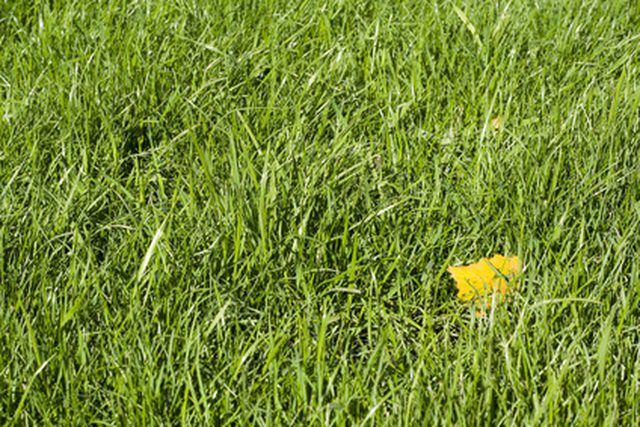Bulbs
Flower Basics
Flower Beds & Specialty Gardens
Flower Garden
Garden Furniture
Garden Gnomes
Garden Seeds
Garden Sheds
Garden Statues
Garden Tools & Supplies
Gardening Basics
Green & Organic
Groundcovers & Vines
Growing Annuals
Growing Basil
Growing Beans
Growing Berries
Growing Blueberries
Growing Cactus
Growing Corn
Growing Cotton
Growing Edibles
Growing Flowers
Growing Garlic
Growing Grapes
Growing Grass
Growing Herbs
Growing Jasmine
Growing Mint
Growing Mushrooms
Orchids
Growing Peanuts
Growing Perennials
Growing Plants
Growing Rosemary
Growing Roses
Growing Strawberries
Growing Sunflowers
Growing Thyme
Growing Tomatoes
Growing Tulips
Growing Vegetables
Herb Basics
Herb Garden
Indoor Growing
Landscaping Basics
Landscaping Patios
Landscaping Plants
Landscaping Shrubs
Landscaping Trees
Landscaping Walks & Pathways
Lawn Basics
Lawn Maintenance
Lawn Mowers
Lawn Ornaments
Lawn Planting
Lawn Tools
Outdoor Growing
Overall Landscape Planning
Pests, Weeds & Problems
Plant Basics
Rock Garden
Rose Garden
Shrubs
Soil
Specialty Gardens
Trees
Vegetable Garden
Yard Maintenance
How to Find the Leach Field
How to Find the Leach Field. A leach field is the area of land that a septic tank empties into for processing waste water prior to returning it to the natural water table in the earth. Leach fields are also called drain fields or seepage fields. For a leach field to work efficiently, it is important that it is not interrupted. Always know where...

A leach field is the area of land that a septic tank empties into for processing waste water prior to returning it to the natural water table in the earth. Leach fields are also called drain fields or seepage fields. For a leach field to work efficiently, it is important that it is not interrupted. Always know where your leach field is located and avoid major building projects or landscaping with deep-rooted plants over a leach field. Leach fields provide several clues that can help you find them.
Things You'll Need
Metal rebar rod
Follow the drain pipe from your home to your septic tank. If the line and tank are buried, probe into the ground for them with a rod made from rebar. A septic tank may also be marked by a rectangular depression or raised area, pipes, survey stakes or an electrical box.
Observe the area downhill from the septic tank. Leach fields use gravity to pull water downhill. If the grass seems greener or the vegetation seems more vigorous downhill from your septic tank, you have spotted the leach field. If the buried pipes in your leach field are broken, the ground may be soggy or smell like septic odors.
Look for a leach field on a day when snow covers the ground. Snow will often melt over a leach field line faster than it will over the surrounding ground.
Probe the ground with your rebar rod to locate the leach field pipe and follow the end of the septic tank to the leach field.